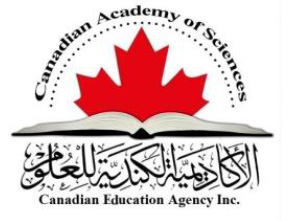
Biography
Biography: Vita Boyar
Abstract
There is an emerging awareness that hospitalized children and neonates are at risk for multiple cutaneous injuries. More than 40% of children entering our hospitals leave with scars; over 25% are non-intentional secondary to pressure injuries, medical adhesive device related injuries, PIV extravasations, infections, burns and surgical wounds. A common cause of delayed wound healing/ wound dehiscence is colonization with microbes, often leading to infection. Infection can impede the healing process by inducing a strong systemic and local inflammatory response. Critically ill pediatric patients can develop severe illness in response to bacterial endotoxins, systemic inflammatory reaction or antibiotics themselves. Side effects and potential resistance to antibiotics are a real problem in pediatric population; furthermore the effect could be suboptimal due to biofilm formation and poor penetration by antibiotics. Most prevention and treatment protocols are extrapolated from adult practice, despite the fact that many “adult” products are contraindicated in neonates. Pediatric population is in great need of less harmful treatment. Studies support the use of non-medicated dressings in managing wound bioburden.
We present new, non-toxic products to heal pediatric wounds. Active Leptospermum honey (ALH) has been used with great success in all cutaneous injuries and wounds.
A newer concept, based on hydrophobic interaction, employs fatty acid dialkylcarbamoylchloride (DACC) coated dressing fibers and their ability to interacts with the surface microbes. Microbes are irreversibly bound through the physical mechanism of hydrophobic interaction to DACC coating on the dressing surface and removed painlessly during dressing change. There is no known bacterial resistance or sensitization with both products.
Amniotic and chorionic membrane based allografts are new, effective and easy to apply products, leading to regeneration and healing of pediatric wounds along with anti-scaring effect.
We present cases involving neonatal and pediatric patients with delayed wound healing that healed completely after application of these innovative and non-toxic products: dialkylcarbamoylchloride (DACC) coated dressing, active Leptospermum honey and amniotic membrane-based products.

